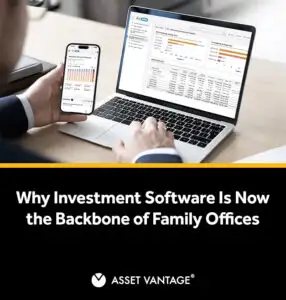Read Time2 Mins
In the realm of investment management, striking a balance between maximizing gains and minimizing taxes is a constant endeavour. One effective strategy that investors employ to achieve this balance is the tax lot method.
This method involves meticulous tracking and management of individual tax lots, enabling investors to optimize their investment gains while reducing tax liabilities. This blog explores the tax lot method and how it plays a pivotal role in enhancing investment outcomes through tax-efficient practices.
Understanding the Tax Lot Method: The tax lot method operates on a fundamental principle: treating each purchase of securities as an individual tax lot. This approach offers investors greater precision in tracking cost basis, capital gains, and losses for each specific lot of securities. Instead of treating all shares as a single entity, the tax lot method offers granularity and allows for more strategic decision-making.
Maximizing Gains with Tax Lot Method:
- Capital Gain Management: The tax lot method equips investors with the ability to manage capital gains by strategically choosing which lots to sell. This enables investors to exert control over when and how much capital gains are realized, thereby optimizing their overall investment portfolio performance.
- Loss Offset: During market downturns or periods of loss, the tax lot method allows investors to offset gains with losses. This loss-offset strategy aids in minimizing tax liabilities and enhancing overall tax efficiency.
- Selective Lot Disposition: Investors can selectively dispose of specific tax lots to achieve desired tax outcomes. This approach empowers them to minimize taxable gains and, consequently, their overall tax obligation.
Minimizing Taxes with Tax Lot Method:
- Tax Lot Identification: The tax lot method enables the identification and selection of specific tax lots for sale. This precision allows investors to strategically choose lots with higher cost bases, resulting in lower capital gains and reduced tax implications.
- Strategic Lot Utilization: Investors can employ strategies such as the first-in, first-out (FIFO) or last-in, first-out (LIFO) methods. These methods determine the order in which lots are sold, thereby influencing the capital gains and associated taxes.
- Effective Tax Planning: The tax lot method empowers investors to engage in effective tax planning. By thoughtfully managing which lots to sell and when, investors can structure their transactions to minimize the tax impact.
- Loss Harvesting: Utilizing the tax lot method, investors can engage in loss harvesting by selling assets with losses to offset gains. This practice helps in maximizing tax benefits and optimizing the overall tax situation.
Compliance and Expert Guidance: Applying the tax lot method effectively requires meticulous record-keeping and adherence to tax regulations. Investors must maintain accurate records of transactions, including purchase dates, cost basis, and sale proceeds. To navigate the complexities of tax management, seeking guidance from tax professionals and financial advisors is highly recommended.
Conclusion: The tax lot method is valuable for investors seeking to strike a balance between maximizing gains and minimizing taxes. Investors can enhance their investment outcomes and minimize their tax liabilities by meticulously managing tax lots and employing strategic approaches such as loss harvesting and selective lot disposition. Careful consideration of transaction timing, cation timing, selection of tax lots, and compliance with tax regulations is pivotal in making the tax lot method effective. With the guidance of financial professionals, investors can navigate the intricacies of tax management and pave the way for more tax-efficient software for managing investment journeys.







